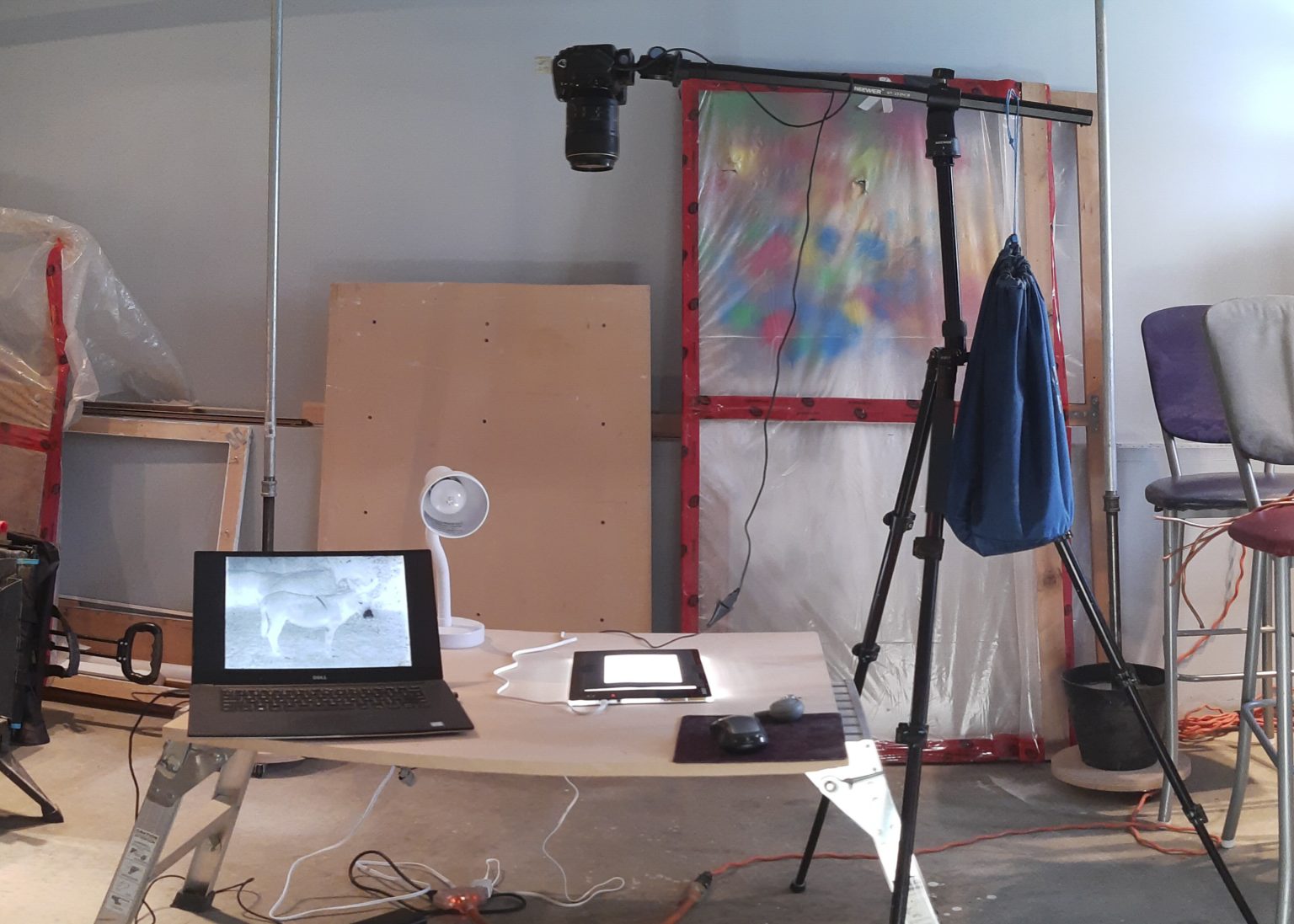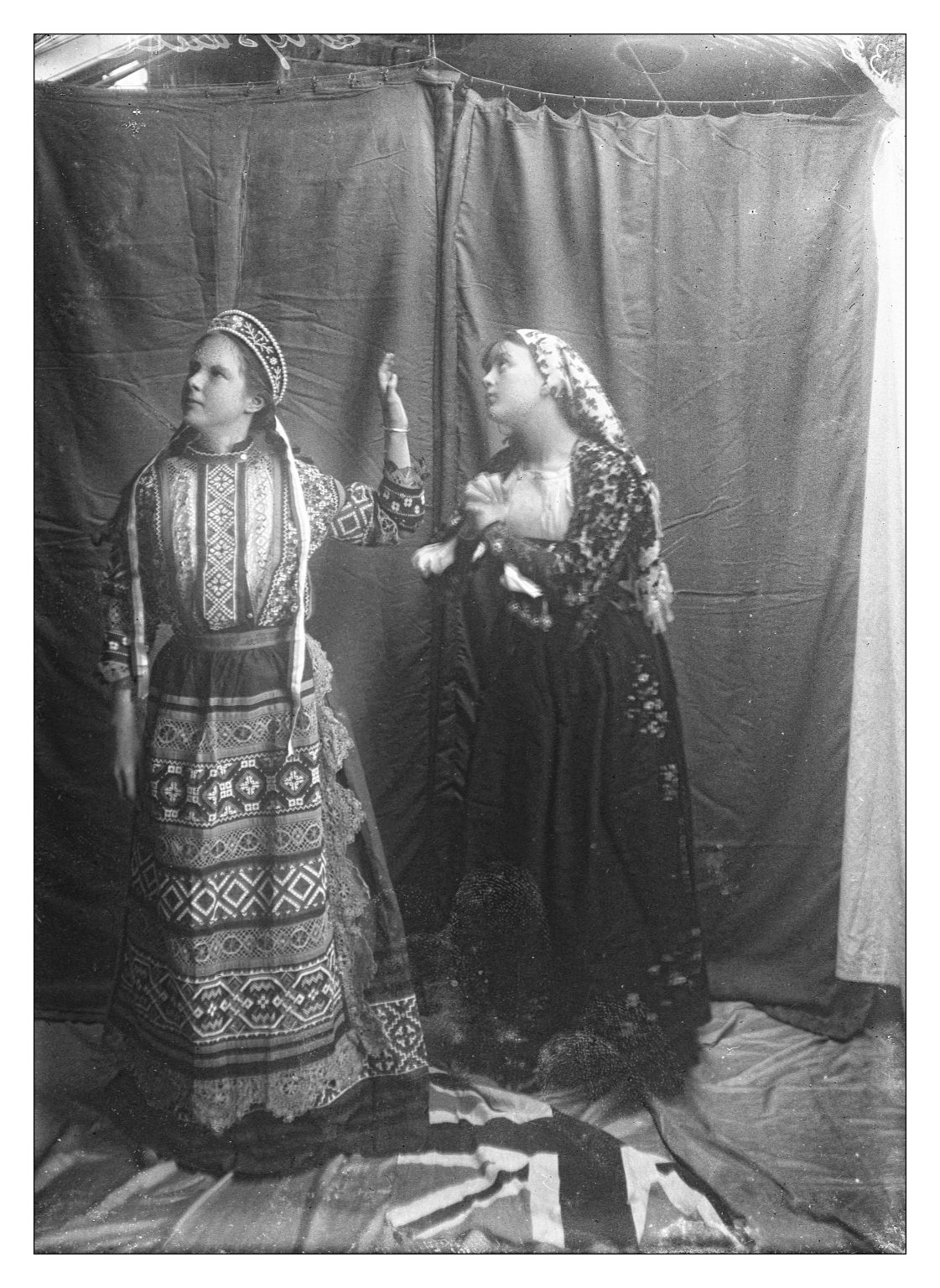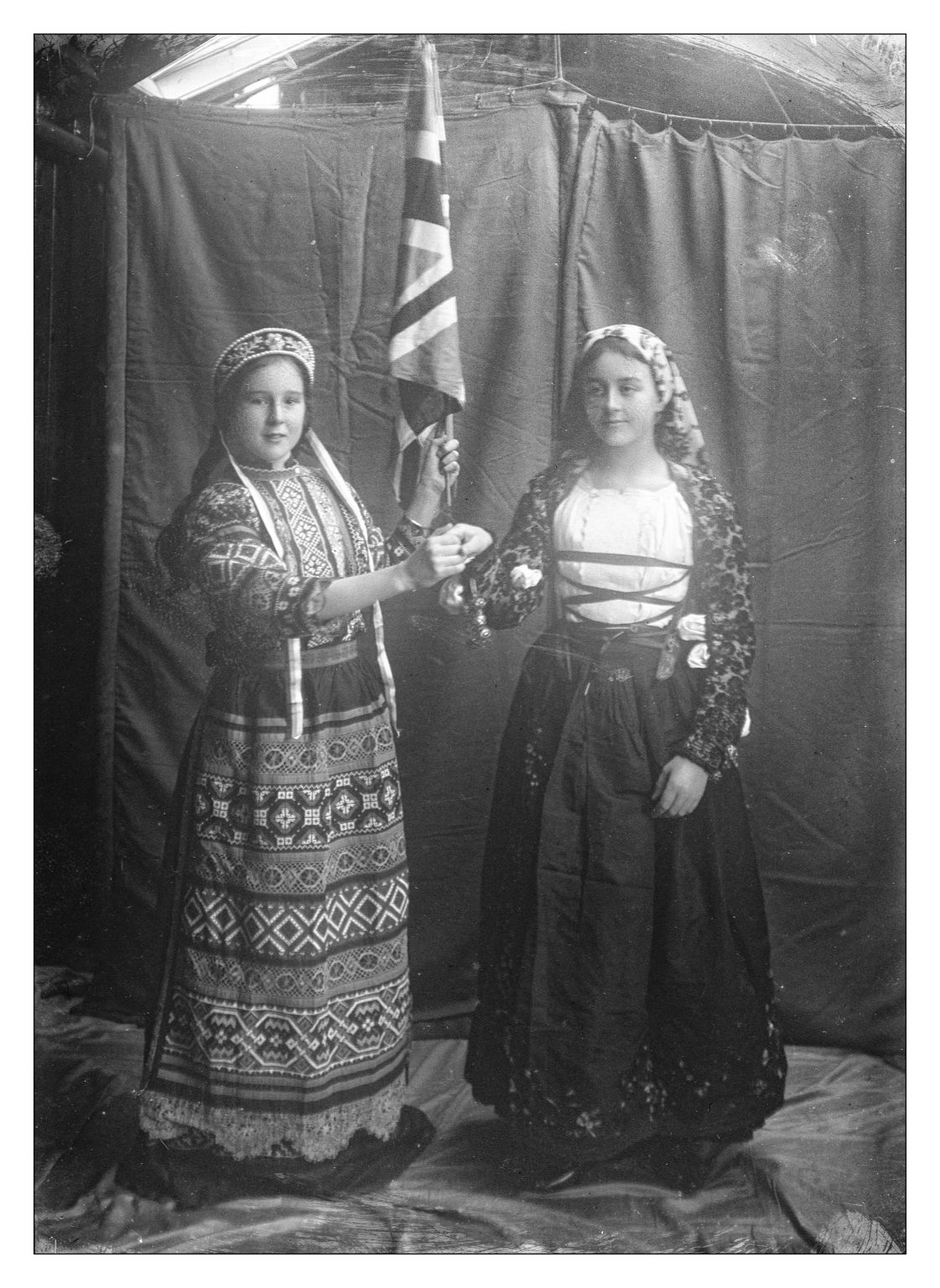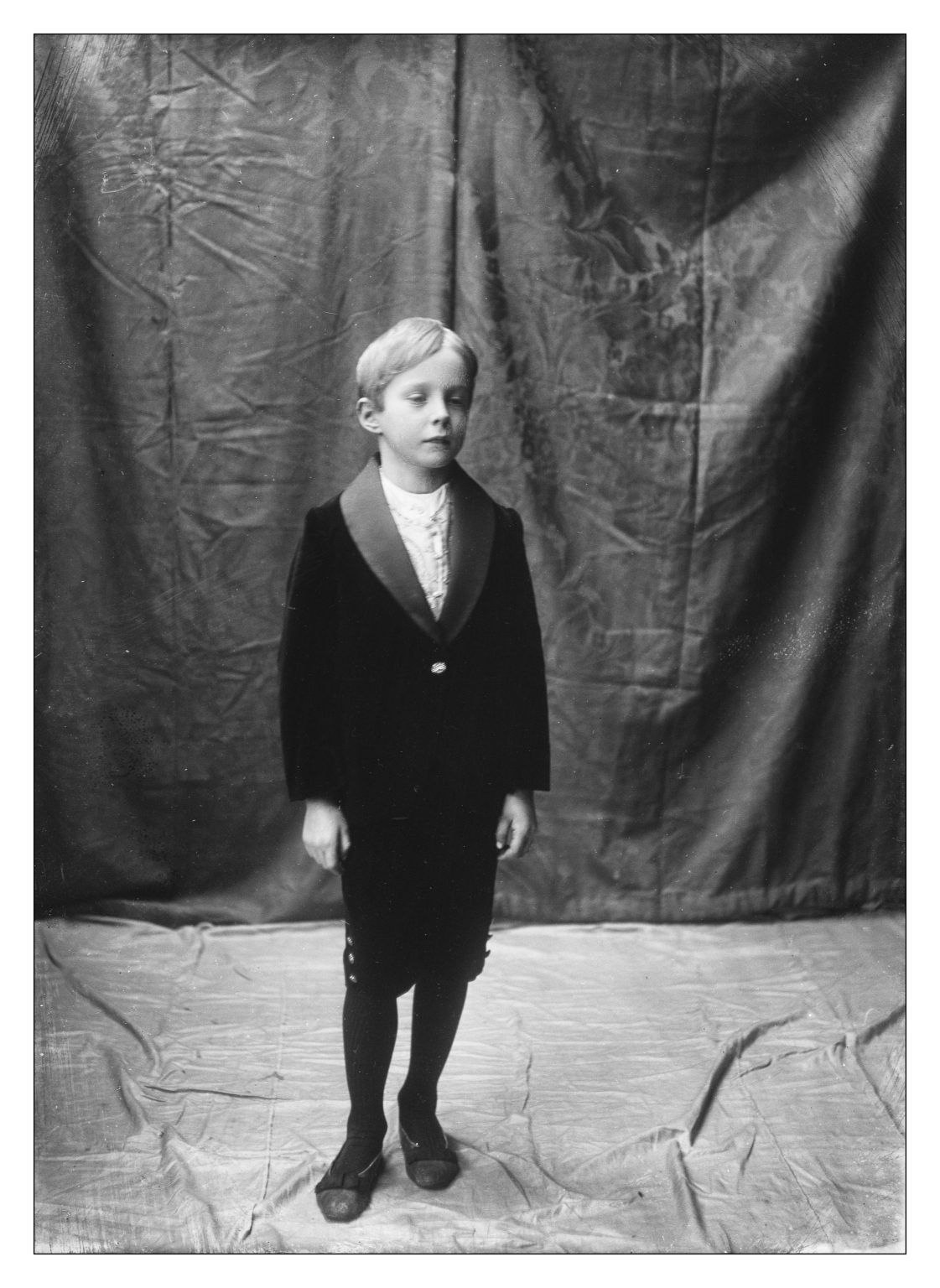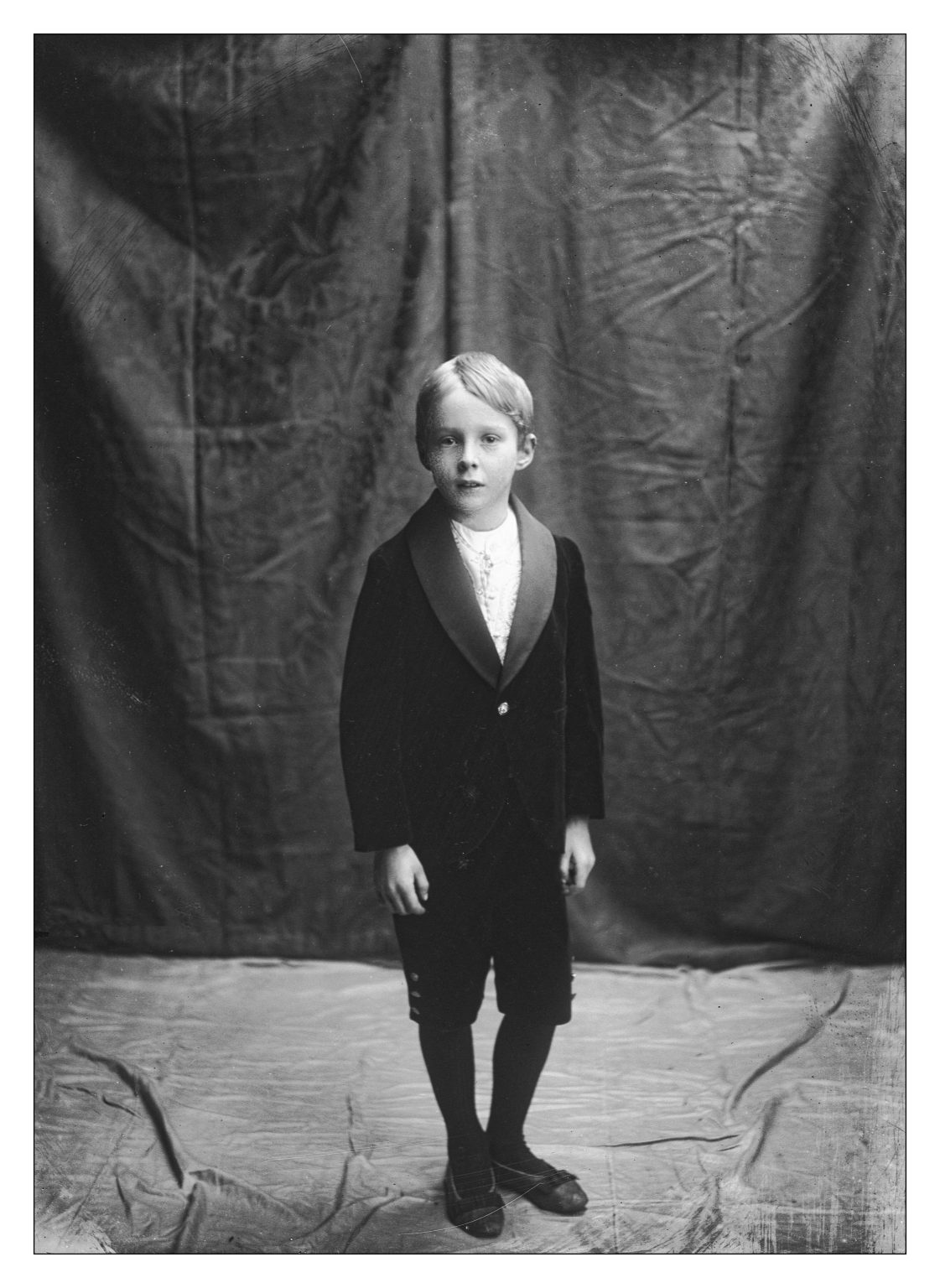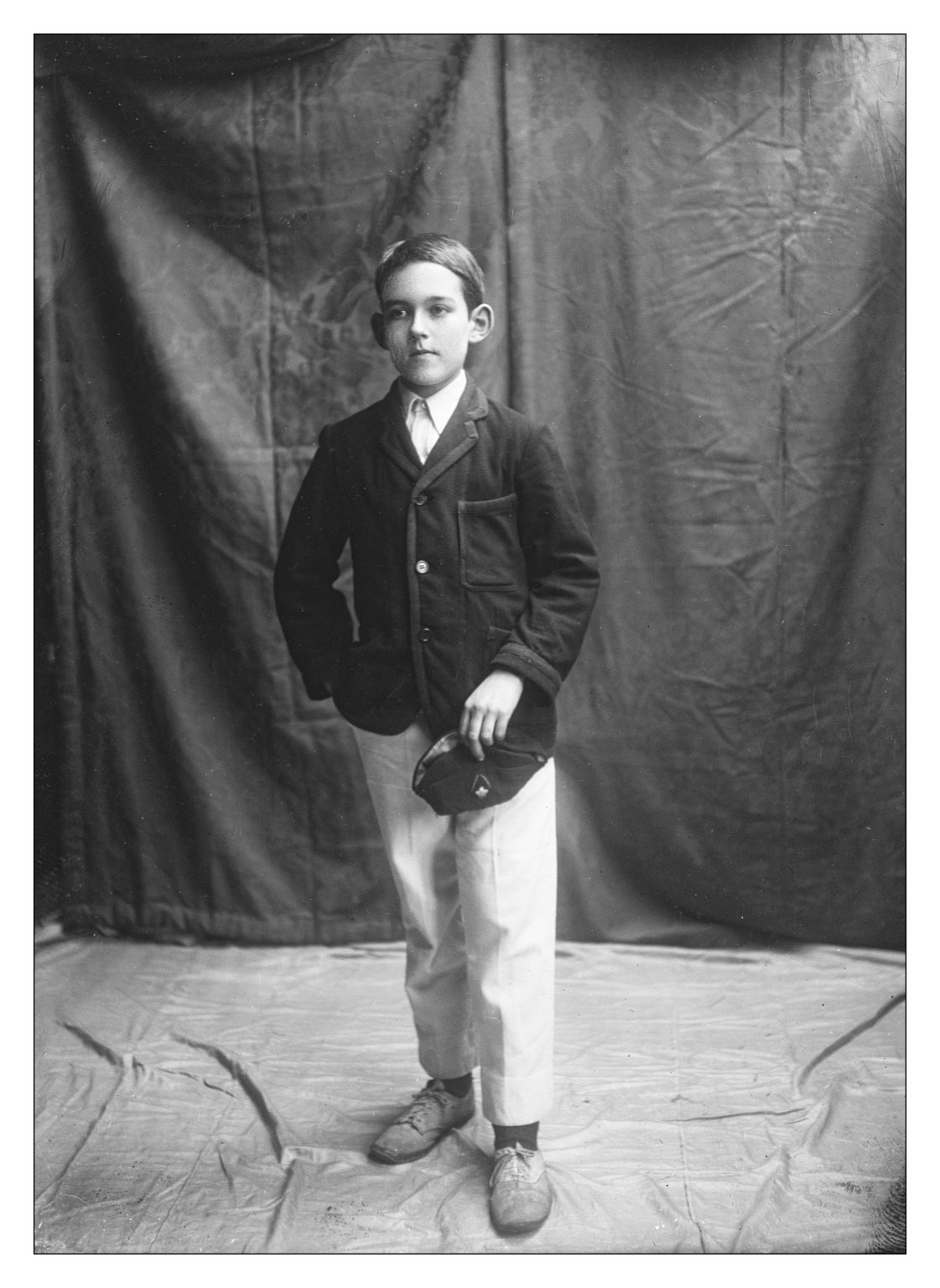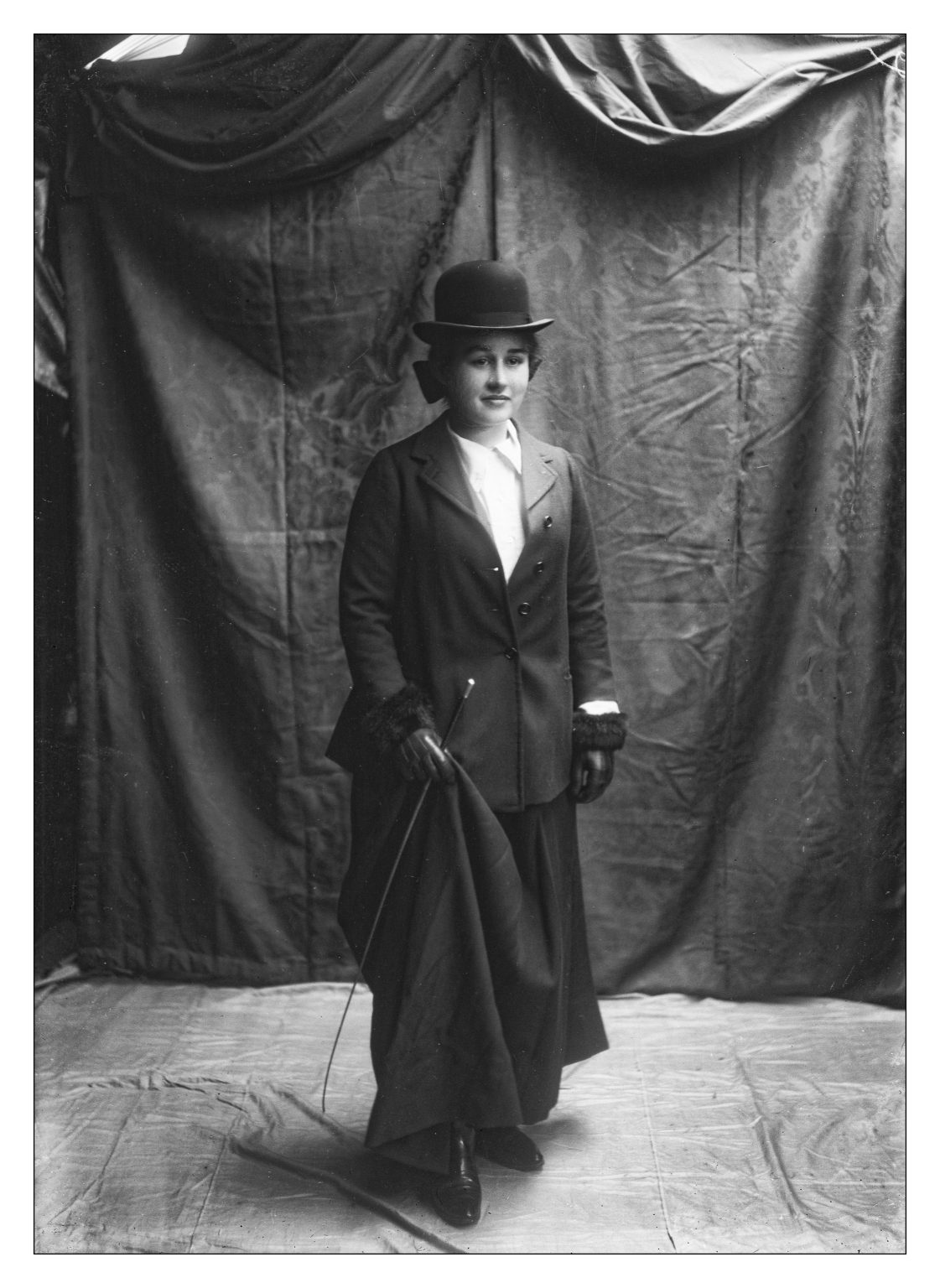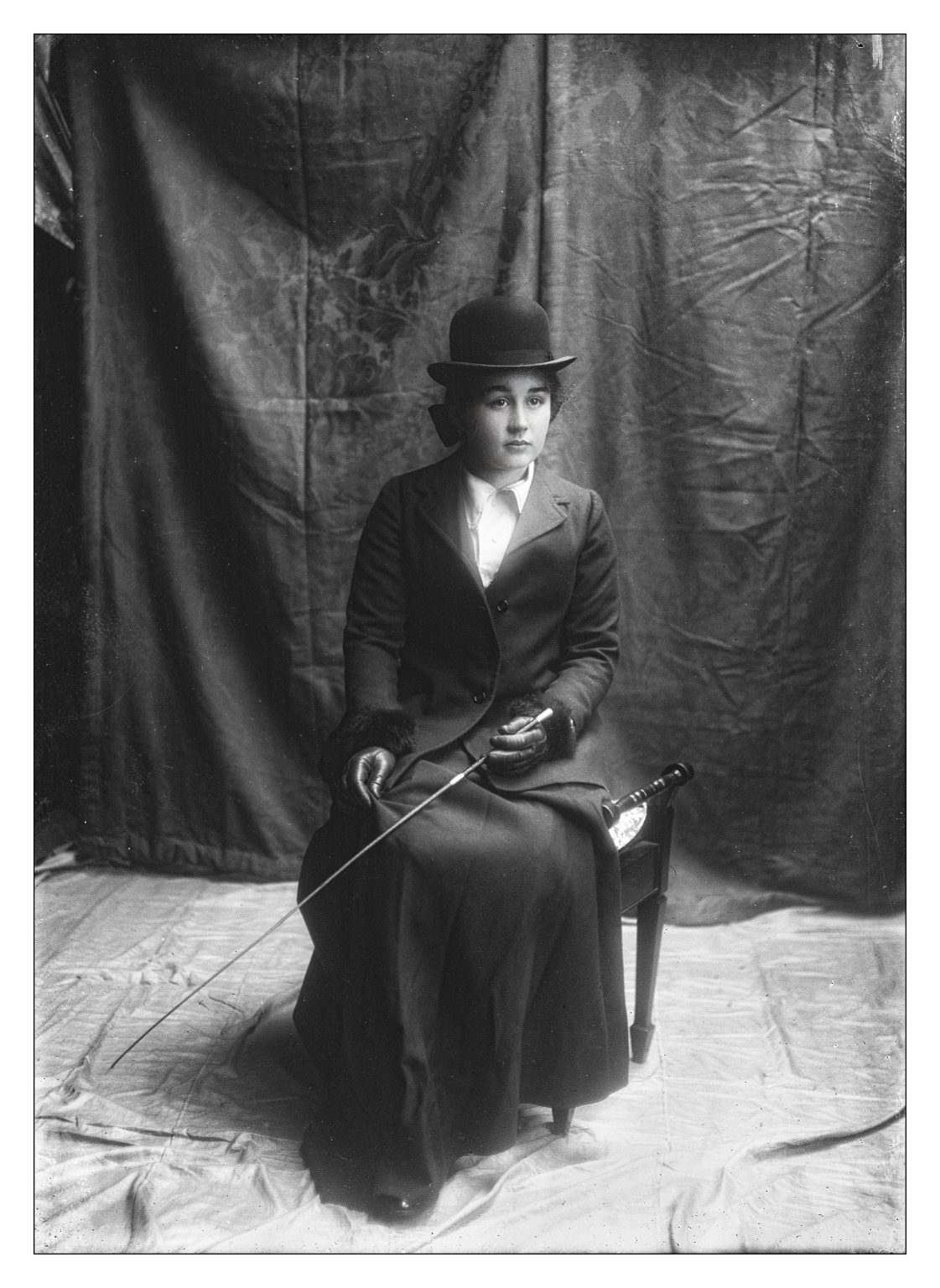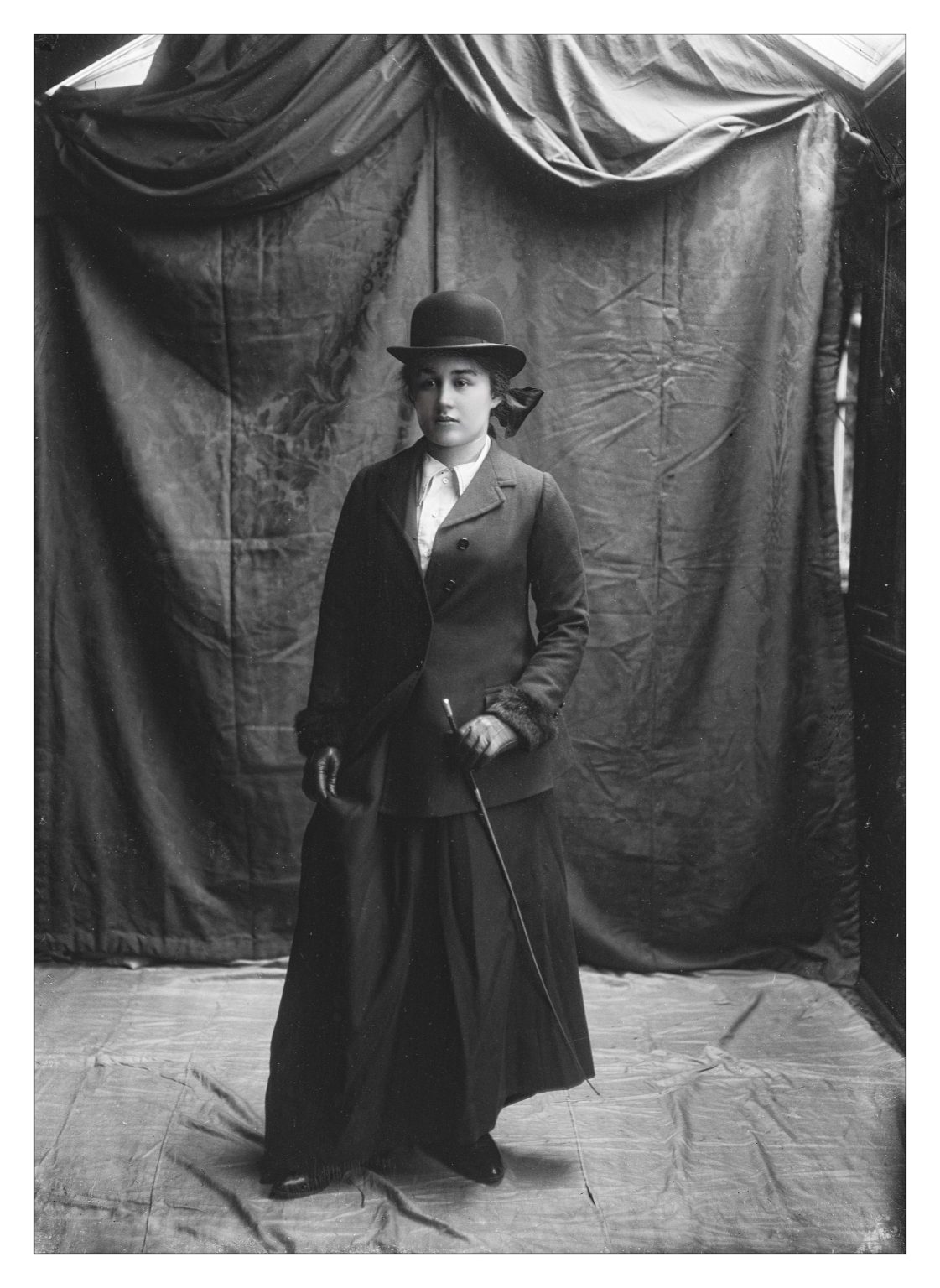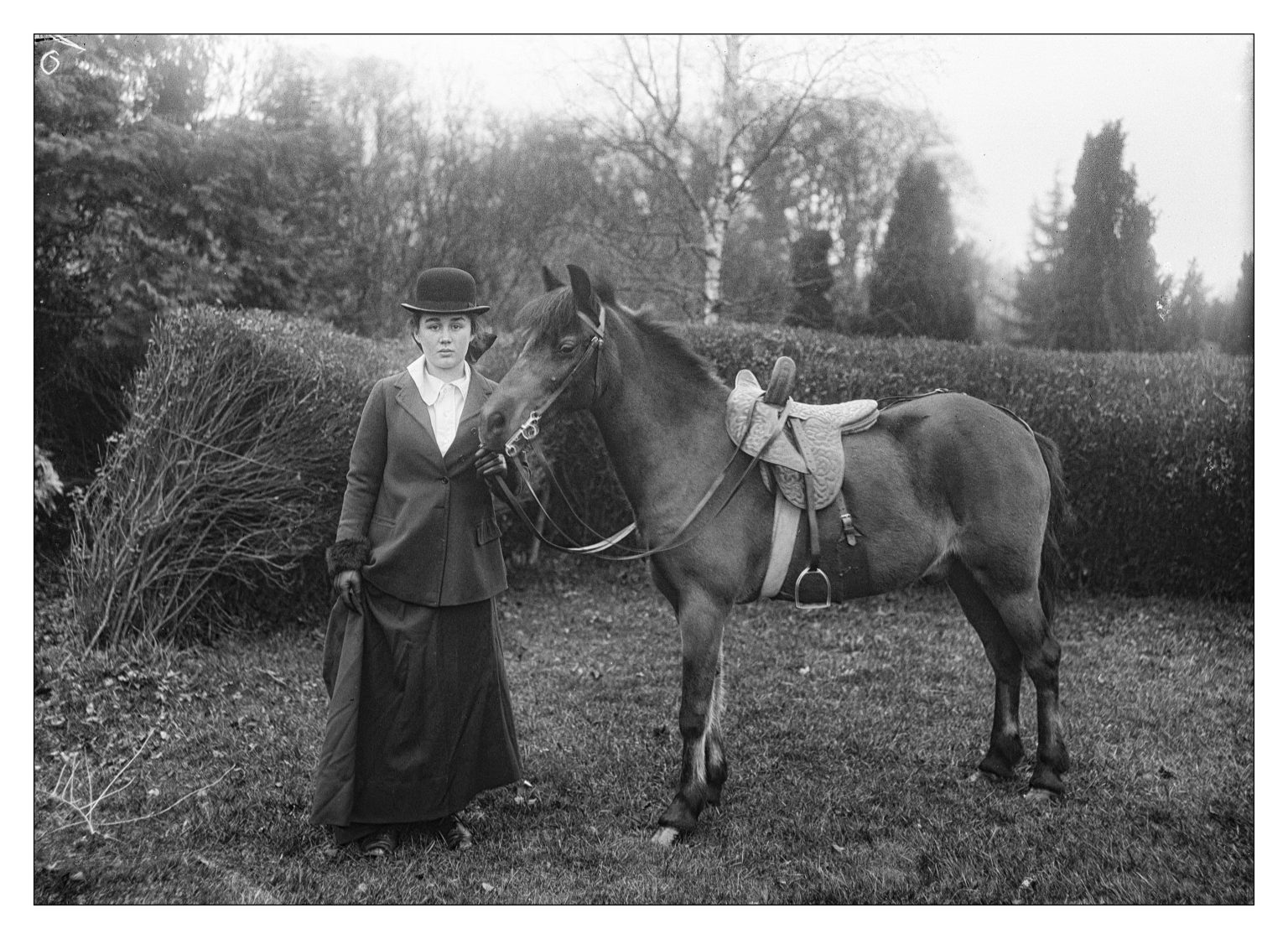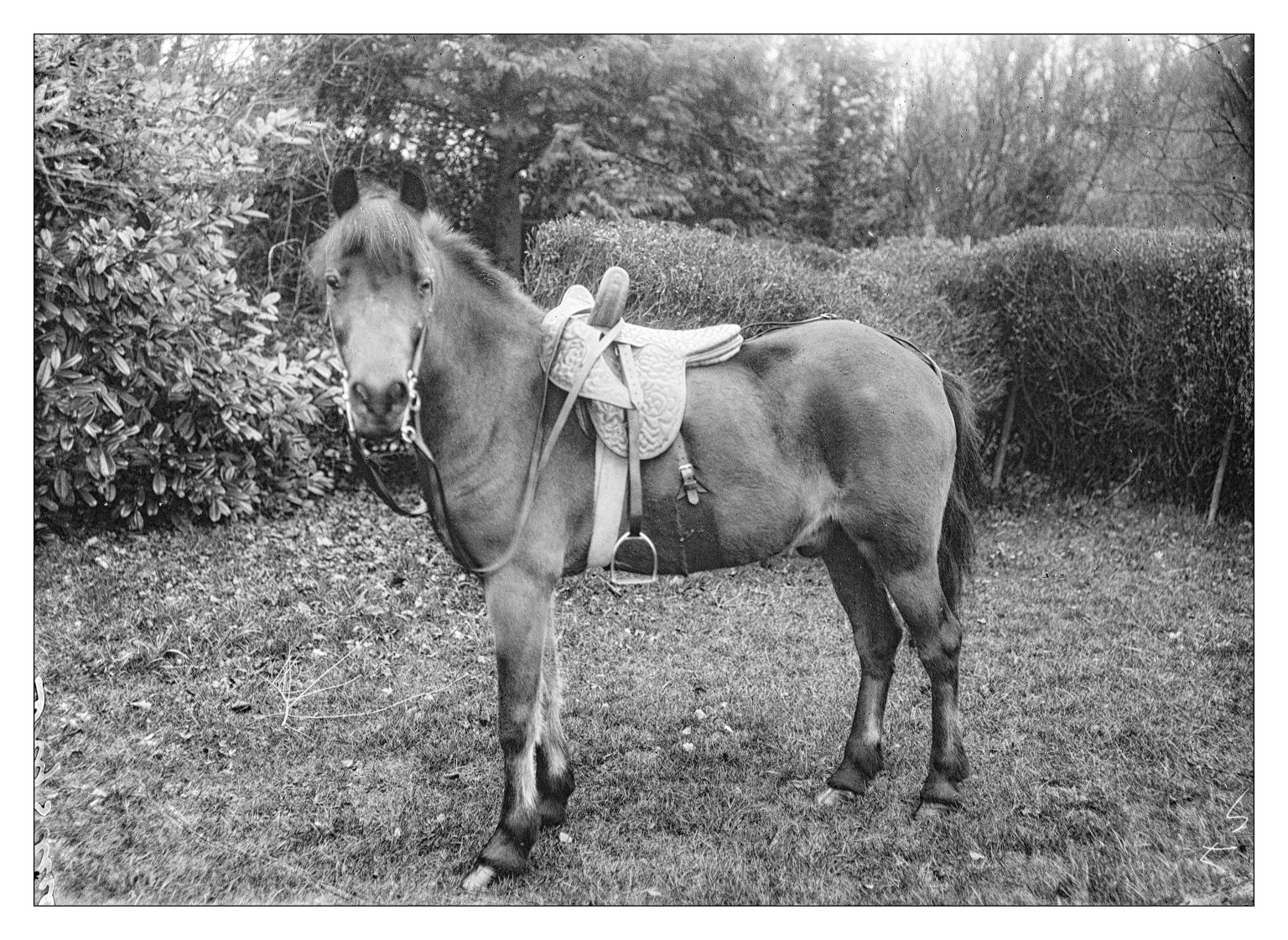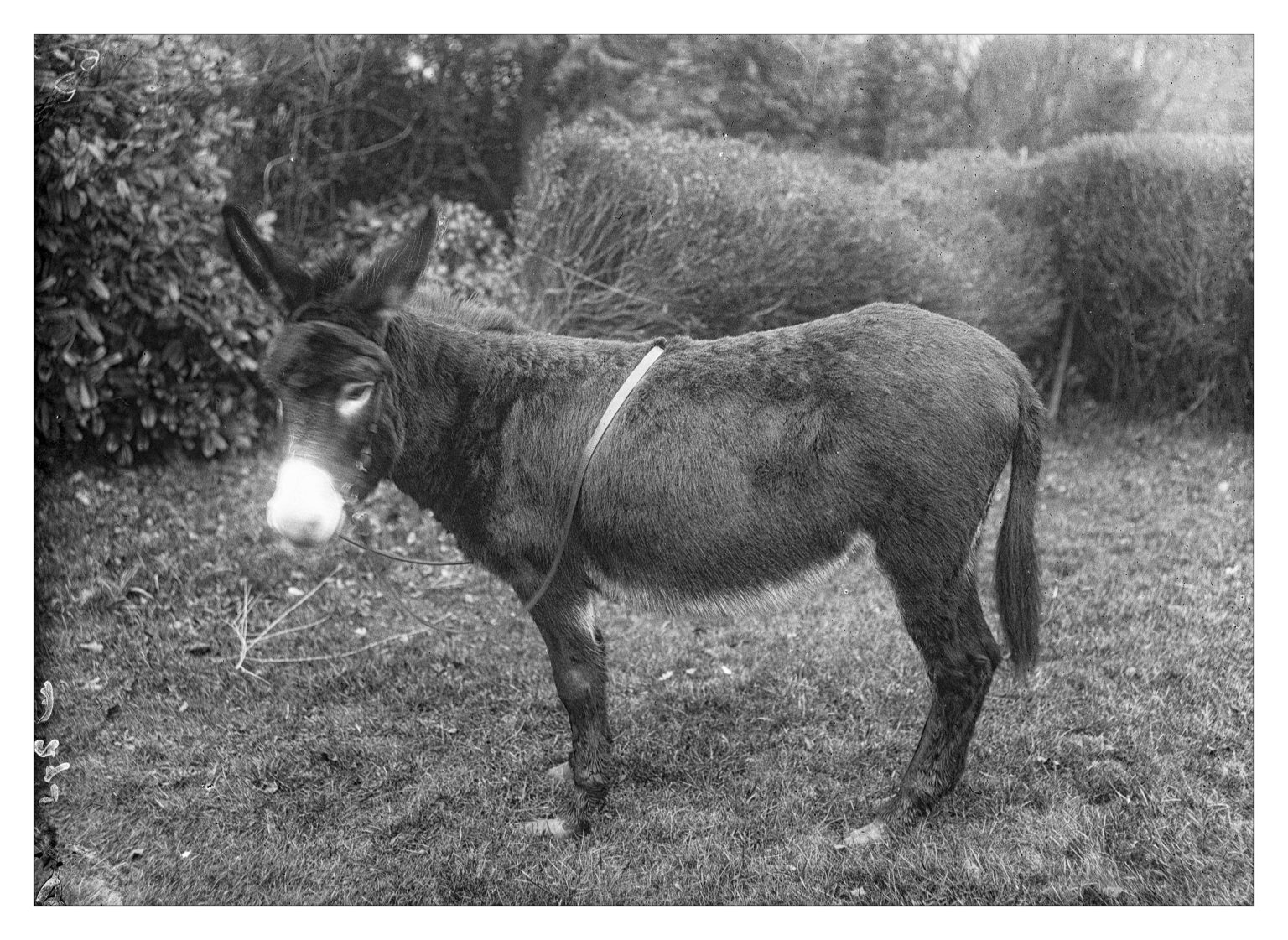Dear Reader (2023-03-22),
If you were looking for and hoping to find a nice simple post with pictures of cats dressed as unicorns this post is not for you. Instead, I offer you a collection of possible rabbit holes (you are of course free to just scroll down until you get to the pictures). Oh yes, and as in all my photographs, I encourage you to view the images on a monitor.
Before we begin here are some dates, which I consistently look-up and consistently forget.
Georgian Era 1714 to 1837
Overlaps the Regency Era
Regency Era 1811 to 1820
Also applied to the period from 1795 to 1837
Victorian Era 1837 to 1901
Reign of Queen Victoria (born 1819 – died 1901)
Edwardian Era Officially from 1901 to 1910
Sometimes extended to the start of WW I (1914)
Last period in British history to be named after the monarch who reigned over it (10).
Today we go down a lane in photographic history. “Photographic glass plate negatives can be divided into two main categories: those made by the wet collodion process, and the so-called dry plates made by silver gelatin emulsion processes. … Wet collodion is a solution of cellulose nitrate in a mixture of ether and alcohol. Negatives with a collodion layer were usually varnished after processing. This aged varnish layer contributes significantly to the stability of the image, and often lends a brownish-yellow tone to wet collodion images.” (1)
One of the treasures coming out of my late parent’s estate is a box of 12 dry plate glass negatives. The box (photo 01) says that these negatives are from the Imperial Dry Plate Co. Ltd (2) (ed. Eventually bought by Ilford). Further research (4) revealed that these 6 ¼ by 4 ½ inches negatives were called half plate size. Dry plates were commercially viable in the UK from approximately 1890 to 1920.
On this side of the pond in the US, “George Eastman, prior to starting Kodak, invented an emulsion-coating machine in 1879 that allowed him to mass-produce photographic dry plates. Two years later he formed a partnership with a family friend, quit his job as a bank clerk and set up in business.” (5)
The 12 images below appear to be from the same session. I have no information on the photographer. I think these people may be relatives, but their apparent age doesn’t fit my limited knowledge of family history around 1900. My guess is that the glass slides date from somewhere between 1895 and 1910 (late Victorian / Edwardian eras). Photos 3 and 4 look like they are from a short theatrical scene celebrating British imperialism (hey don’t judge me – I’m just reporting my observation). By the way, I also have no idea on the importance of the donkey. It must have been a creature of consequence as it merited a photograph.
The glass negatives were photographed using a Nikon D7100 with Nikkor 105 f2.8 macro lens attached to a counter weighted arm which was in turn attached to a tripod. For my larger (number of rolls) scanning project I will be using a copy stand, but for the small number of slides and glass negatives I have that are over 2 ¼ square the approach in photo 02 worked. The camera was stable. I was not so stable standing on a chair focusing without wobbling the camera. The windows in the lab, are blocked off when photographing negatives, and Luxo Jr’s relative (photo 02) is used to provide light when needed.
The negative images were processed using a combination of Lightroom, Photoshop, and Silver Efex Pro. I love the feel of these images, and I believe I have been conservative in my adjustments. For those interested in the more technical elements of using this combination of programs, here is my workflow.
1 Lightroom
a) Select desired negative (I used exposure bracketing in half stop increments).
b) Rotate vertical images to upright.
c) Flip image horizontal (negative were photographed dull side / emulsion side up).
d) Straighten and crop to 5 x7 ratio.
2 Photoshop
a) Invert (Ctrl-I) – ie convert to positive.
b) Size image to consistent size for the set.
c) Save a copy
3 Lightroom
a) Remove Haze.
b) Adjust the curve.
4 Silver Efex Pro
a) Make Adjustments.
b) Save a copy.
5 Photoshop
a) On a duplicate layer, use new “Neural Filter” to soften complexion as these old negatives have emulsion cracking and imperfections that are particularly noticeable in the face.
b) Combine layers using luminosity blend mode (seems to work better than lighten).
c) Add Adjustment curve if necessary.
d) Remove spots and imperfections where they are particularly distracting. The glass slides could not be cleaned.
e) Add my standard border through existing personal photoshop action.
f) Save a copy.
6 Lightroom
a) Reduce clarity and contrast if necessary to ensure my touch looks light. In other words soften the above changes if they were too harsh.
b) Done except for the export.
You are welcome to share a link to this page with others.
As always, all comments are welcome and sought.
Cheers, Sean
My note on privacy can be found under the “About” menu item, and if you would like to subscribe to this blog please enter your email.
.
Please come back Friday (March 24) for a tale about an owl and a love affair.
Sources and References
(2) http://camera-wiki.org/wiki/Imperial_plates
The Imperial Dry Plate Co. Ltd. factory was at Cricklewood, London, N.W.2. It was founded in the early 1890s by J.J. Acworth (b. 1853, d. 1827). In 1918 it became part of the Ilford group but still retained its own branding.
Imperial plates were exported world-wide. Their advertisements were published in the BJA from 1909 to 1938. In a 1920 advertisement there were 10 types of plates listed and they claimed that “their ease of working is a proverb”. The range included Panchromatic, Orthochrome, Flashlight, Process, “Gaslight Lantern” and X-Ray.
A Further history of the Imperial Dry Plate Co. Ltd can be found in source 3
(3) Imperial Dry Plate Co. Ltd – History of The Founders.
http://kilburnandwillesdenhistory.blogspot.com/2014/09/joseph-acworth-cricklewood-factory-and.html
(4) http://www.edinphoto.org.uk/1_early/1_early_photography_-_sizes.htm
(5) George Eastman,
https://techrochester.org/george-eastman-invented-an-emulsion-coating-machine/
(6) Queen Victoria
https://en.wikipedia.org/wiki/Queen_Victoria
(7) Women’s Hats
http://www.katetattersall.com/early-victorian-womens-hats-part-3-wear-whatever-you-like/
(8) Brief History of Women’s Riding Hats
https://www.griggsequestrian.co.uk/blog/2020/07/13/the-riding-hat-a-brief-history/
(9) Bowler Hat
https://en.wikipedia.org/wiki/Bowler_hat
(10) Edwardian Era
https://en.wikipedia.org/wiki/Edwardian_era
https://www.pbs.org/manorhouse/edwardianlife/introduction.html#:~:text=The%20Edwardian%20era%20corresponds%20to,of%201901%20through%20to%201919.
(11) Regency Era and Architecture,
https://en.wikipedia.org/wiki/Regency_era
Regency Architecture
https://www.mansionglobal.com/library/regency-architecture#:~:text=Regency%20architecture%20is%20named%20after,and%20fantastical%20and%20flamboyant%20elements
All rights for all material on any media reserved – © Sean P Drysdale 2020-2024

